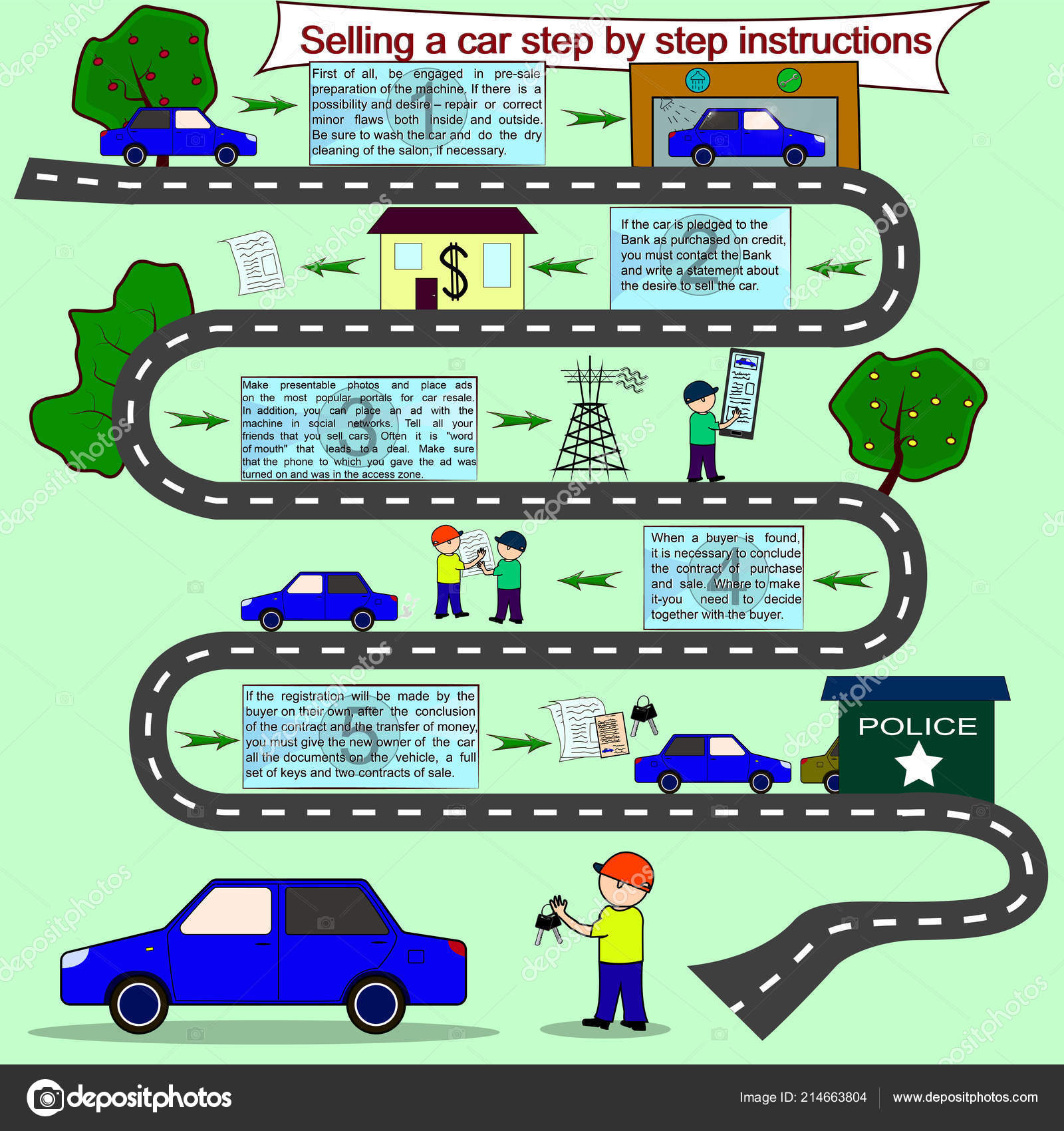Understanding The Significance Behind Your Lorry'S Warning Lighting: A Thorough Appearance
Understanding The Significance Behind Your Lorry'S Warning Lighting: A Thorough Appearance
Blog Article
Material By-Boye Shepherd
When you lag the wheel, those beautiful caution lights on your control panel can be a bit puzzling. Do you understand what they're attempting to tell you concerning your auto's health and wellness? Understanding the significance of these lights is vital for your safety and the longevity of your automobile. So, https://knoxfxpia.thenerdsblog.com/36876572/clashed-regarding-which-vehicle-service-center-to-select-gain-insights-from-specialists-on-how-to-find-respectable-options-in-your-region-that-will-certainly-provide-you-with-satisfaction following time among those lights pops up, would not you wish to understand its message properly and take the necessary steps to address it?
Common Warning Lighting and Interpretations
Identify common warning lights in your auto and recognize their definitions to guarantee safe driving.
One of the most regular warning lights consist of the check engine light, which signifies issues with the engine or exhausts system. If this light comes on, it's critical to have your automobile examined quickly.
The oil stress advising light suggests low oil pressure, calling for prompt interest to avoid engine damage.
A flashing battery light could suggest a defective billing system, possibly leaving you stranded if not attended to.
The tire pressure surveillance system (TPMS) light alerts you to reduced tire pressure, influencing automobile stability and fuel performance. Neglecting https://andersonxpfuk.creacionblog.com/31090750/personal-experience-changing-my-clunker-with-a-weekend-describing-session could cause dangerous driving conditions.
The ABS light shows a trouble with the anti-lock braking system, jeopardizing your capability to quit quickly in emergencies.
https://lukaslcwmd.luwebs.com/31832169/trip-right-into-the-globe-of-professional-auto-outlining-with-special-insights-from-a-specialist but not least, the coolant temperature level cautioning light warns of engine getting too hot, which can cause serious damages if not dealt with swiftly.
Recognizing these typical warning lights will aid you resolve issues promptly and maintain risk-free driving problems.
Importance of Prompt Attention
Comprehending the usual caution lights in your auto is only the initial step; the value of immediately dealing with these warnings can't be highlighted enough to ensure your security when traveling.
When a caution light illuminates on your control panel, it's your car's method of interacting a potential problem that requires attention. Ignoring these cautions can bring about a lot more severe troubles later on, endangering your safety and potentially costing you a lot more out of commission.
Trigger interest to warning lights can avoid break downs and mishaps. For example, a blinking check engine light can suggest a misfire that, if left neglected, could create damages to the catalytic converter. Addressing this promptly can save you from a pricey repair service.
In a similar way, a brake system alerting light could indicate reduced brake liquid or used brake pads, critical parts for your safety when driving.
Do It Yourself Troubleshooting Tips
If you discover a warning light on your control panel, there are a couple of do it yourself troubleshooting pointers you can attempt before seeking specialist help.
The first step is to consult your vehicle's manual to recognize what the specific warning light suggests. In some cases the problem can be as straightforward as a loosened gas cap causing the check engine light. Tightening up the gas cap might solve the issue.
Another typical concern is a reduced battery, which can cause different warning lights. Examining the battery links for deterioration and guaranteeing they're safe and secure could deal with the problem.
If a caution light persists, you can try resetting it by detaching the cars and truck's battery for a couple of minutes and after that reconnecting it. In addition, inspecting your automobile's liquid degrees, such as oil, coolant, and brake fluid, can help troubleshoot alerting lights connected to these systems.
Verdict
Finally, understanding your vehicle's warning lights is important for maintaining your car running efficiently and securely. By immediately resolving these alerts and knowing what they suggest, you can stay clear of pricey repair services and possible breakdowns.
Remember to consult linked web-site for particular information on each advising light and act appropriately to ensure a hassle-free driving experience.
Remain educated, remain safe when driving!
